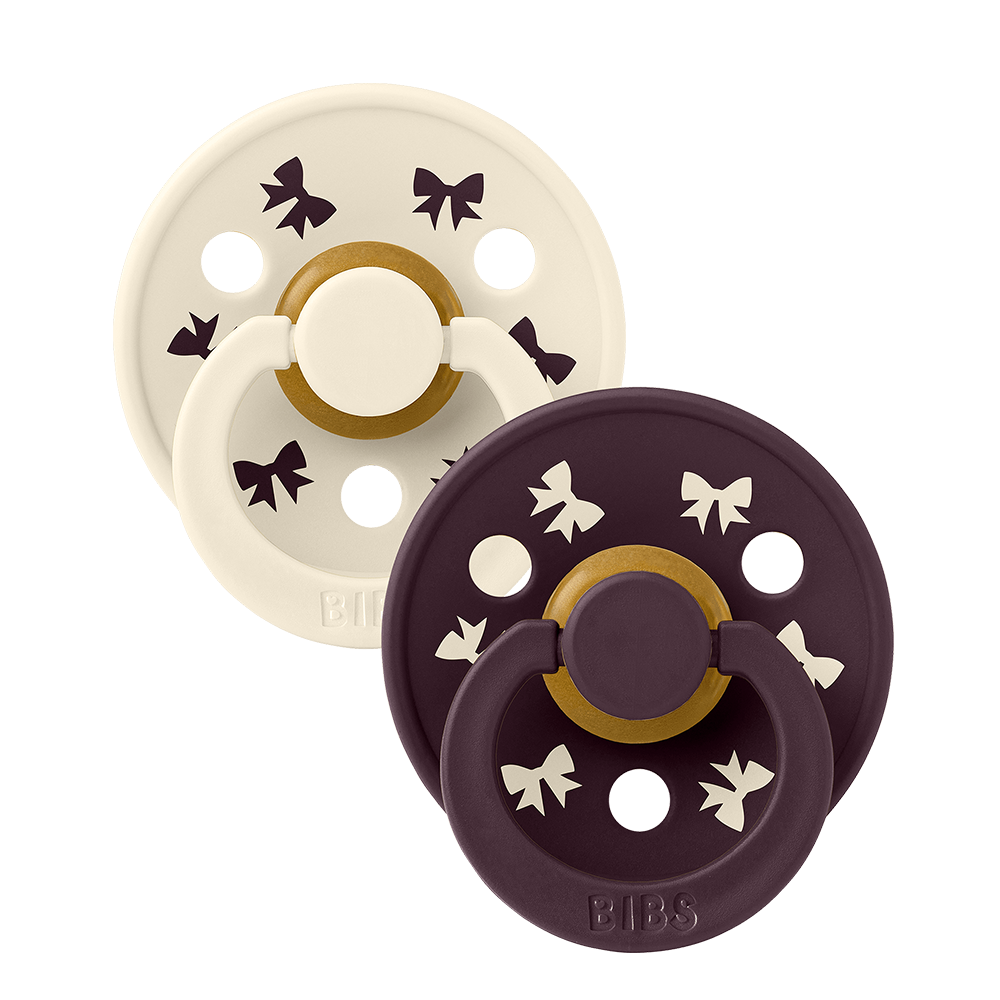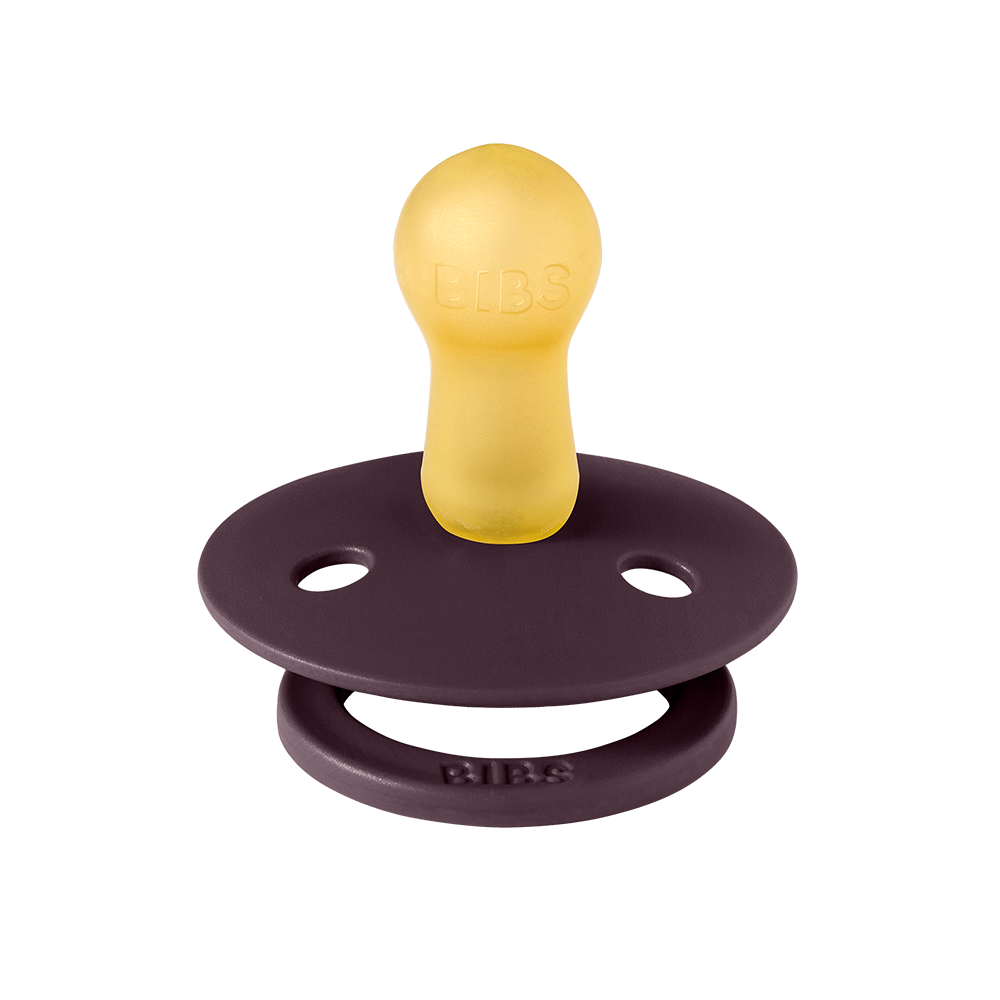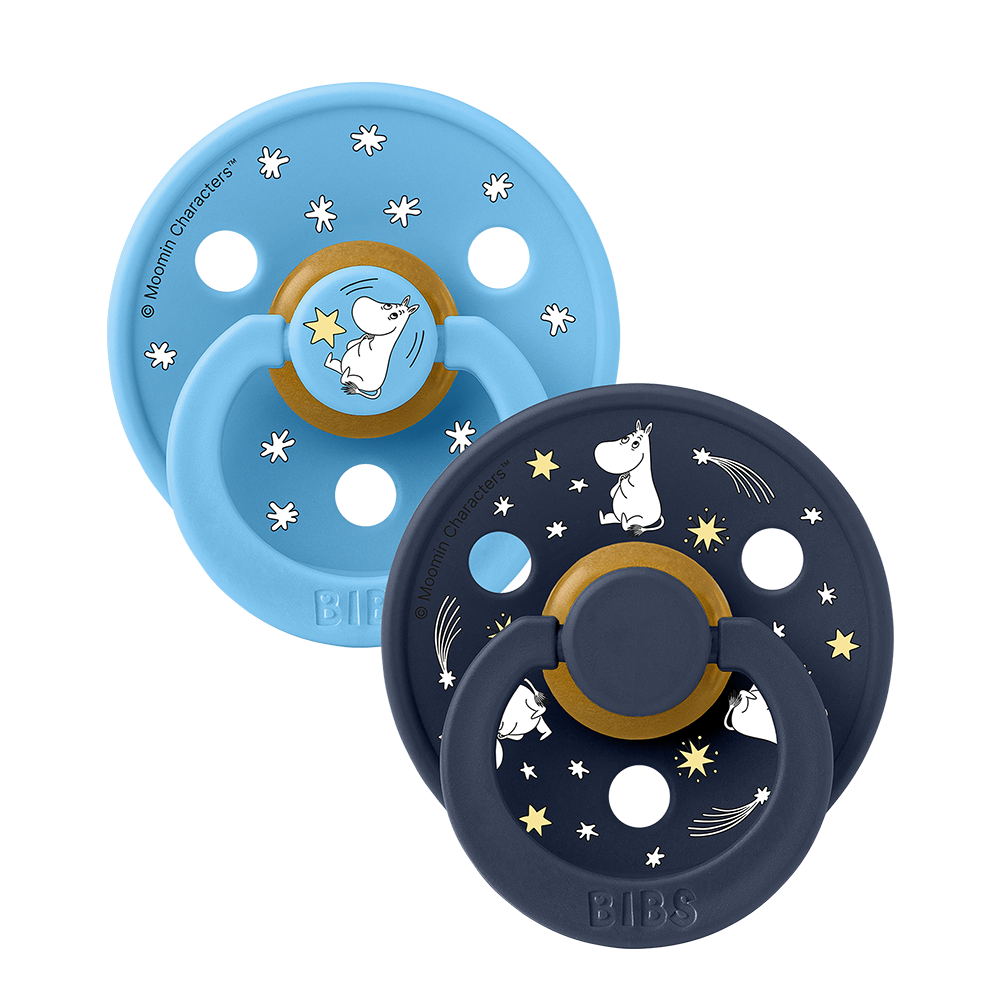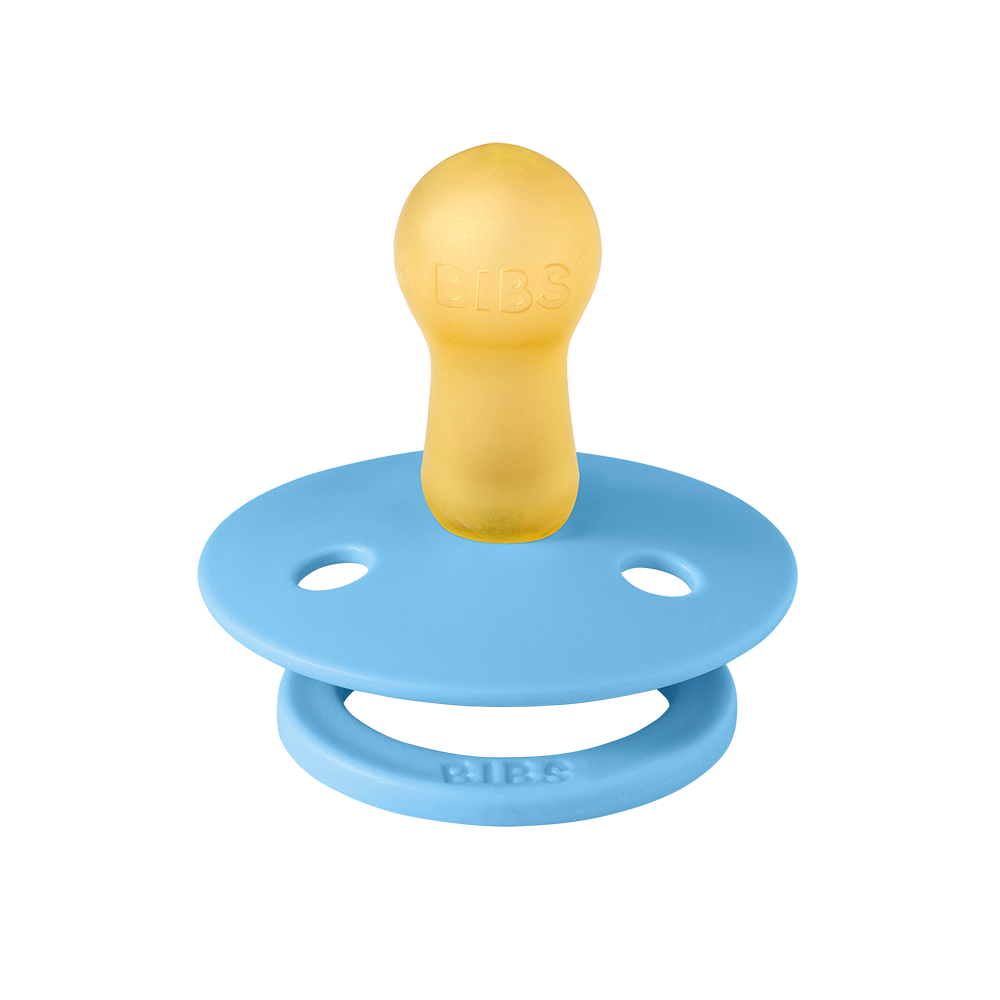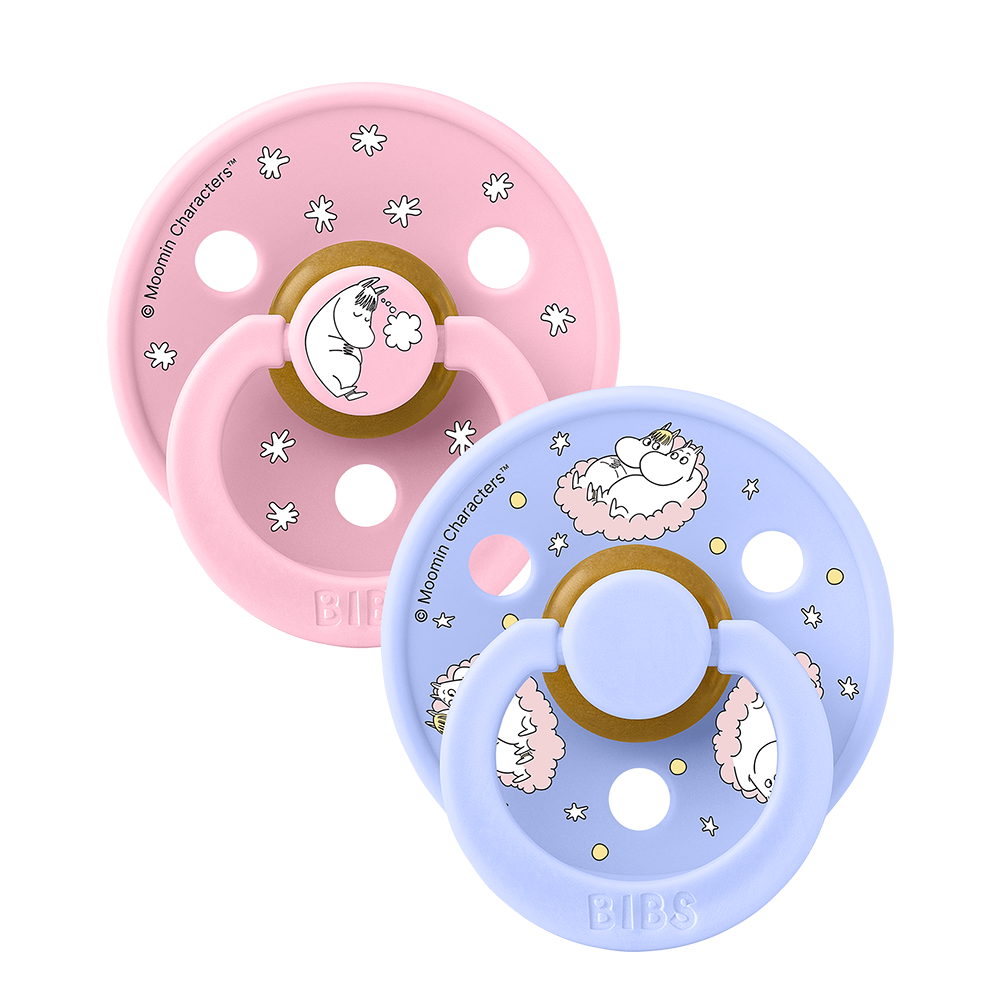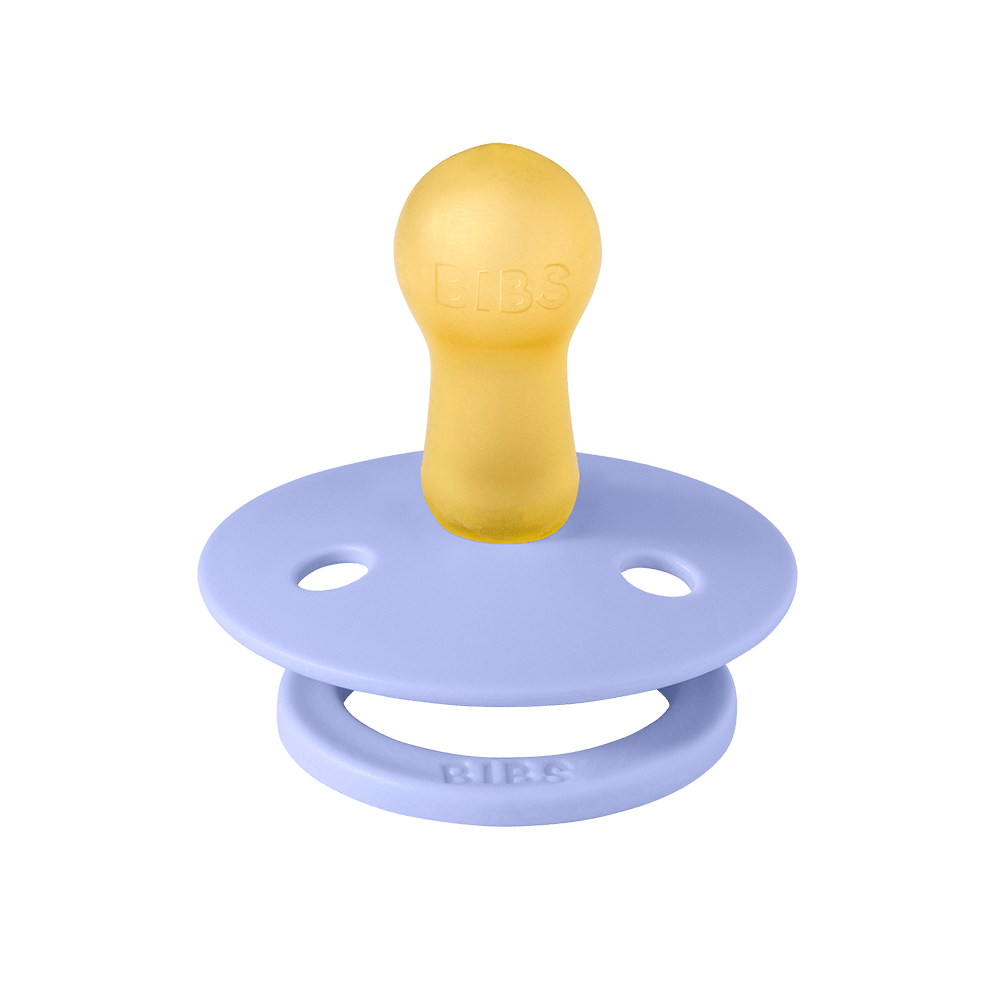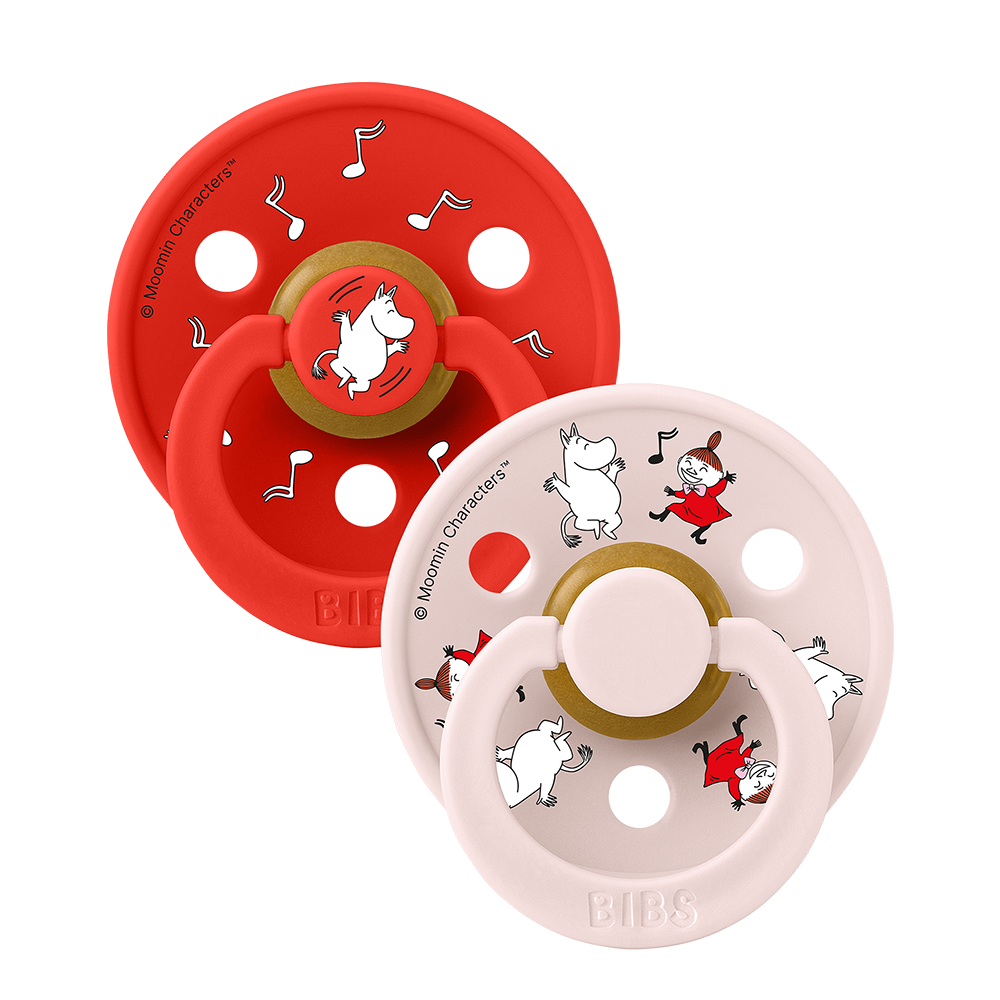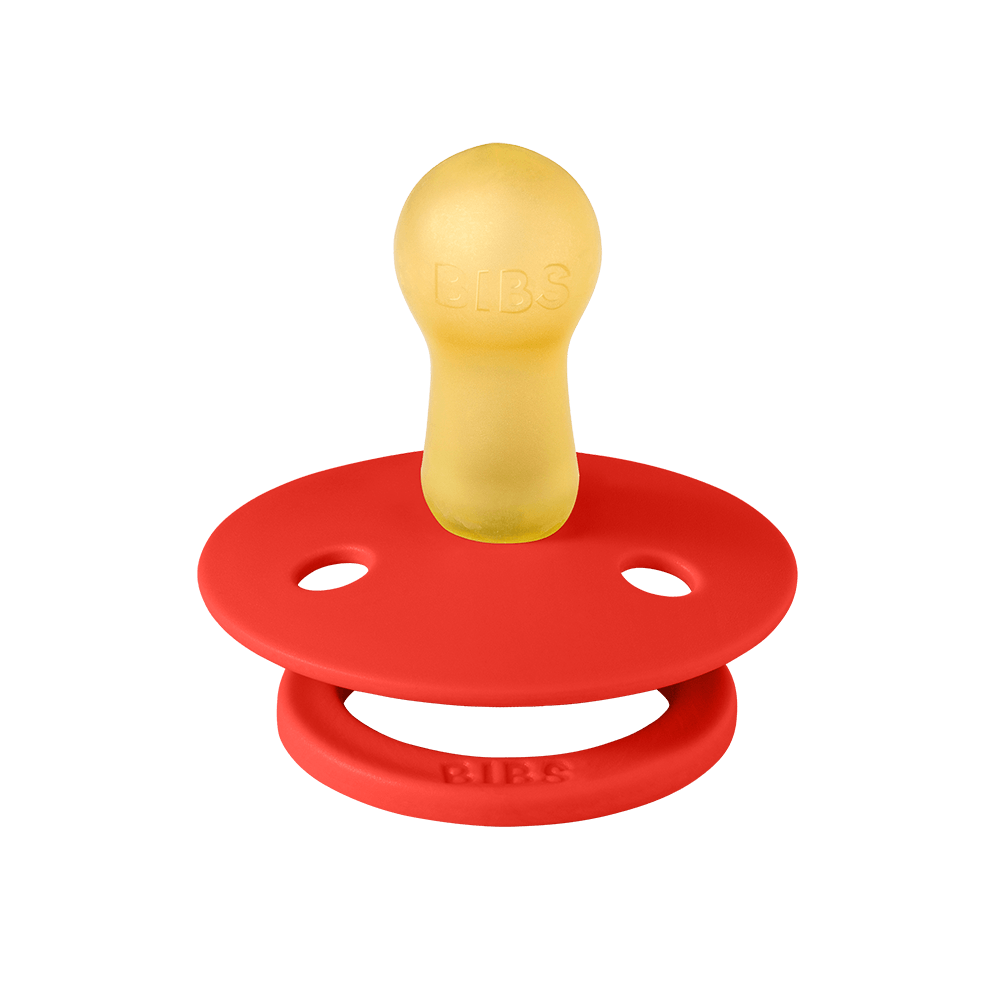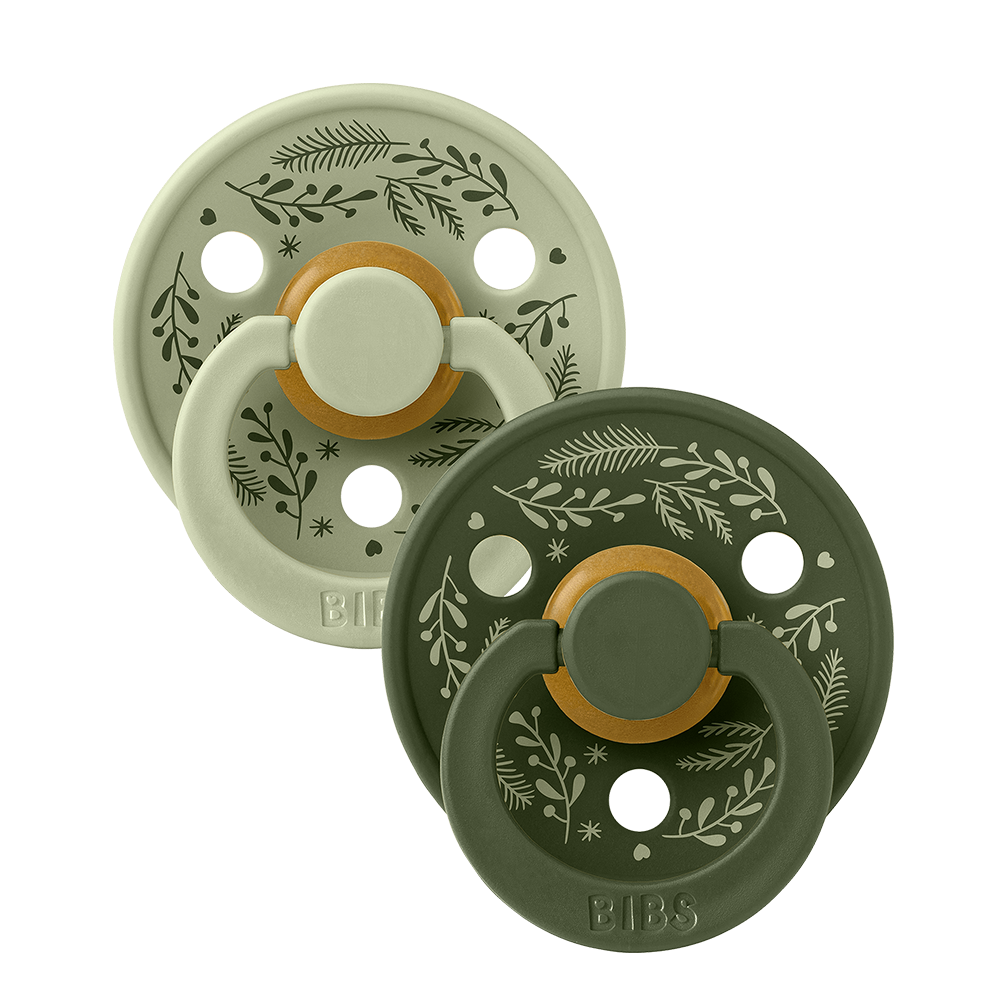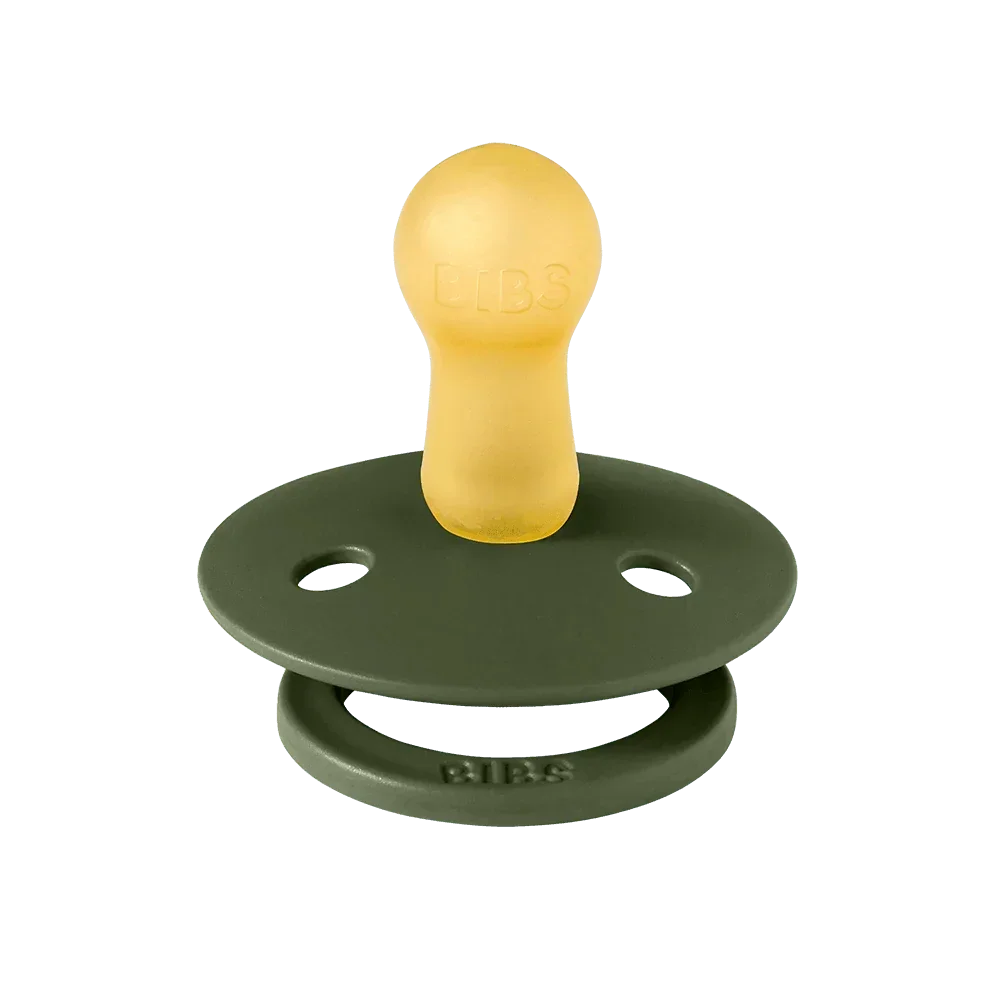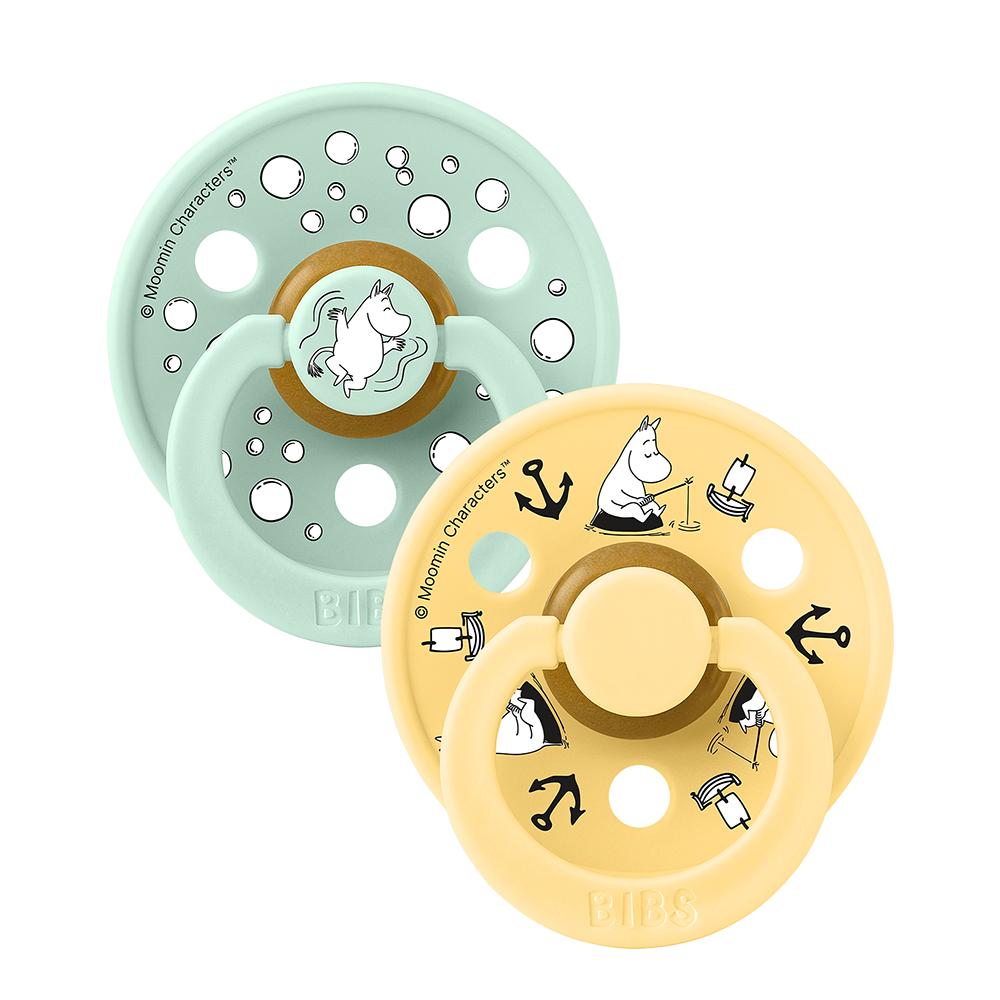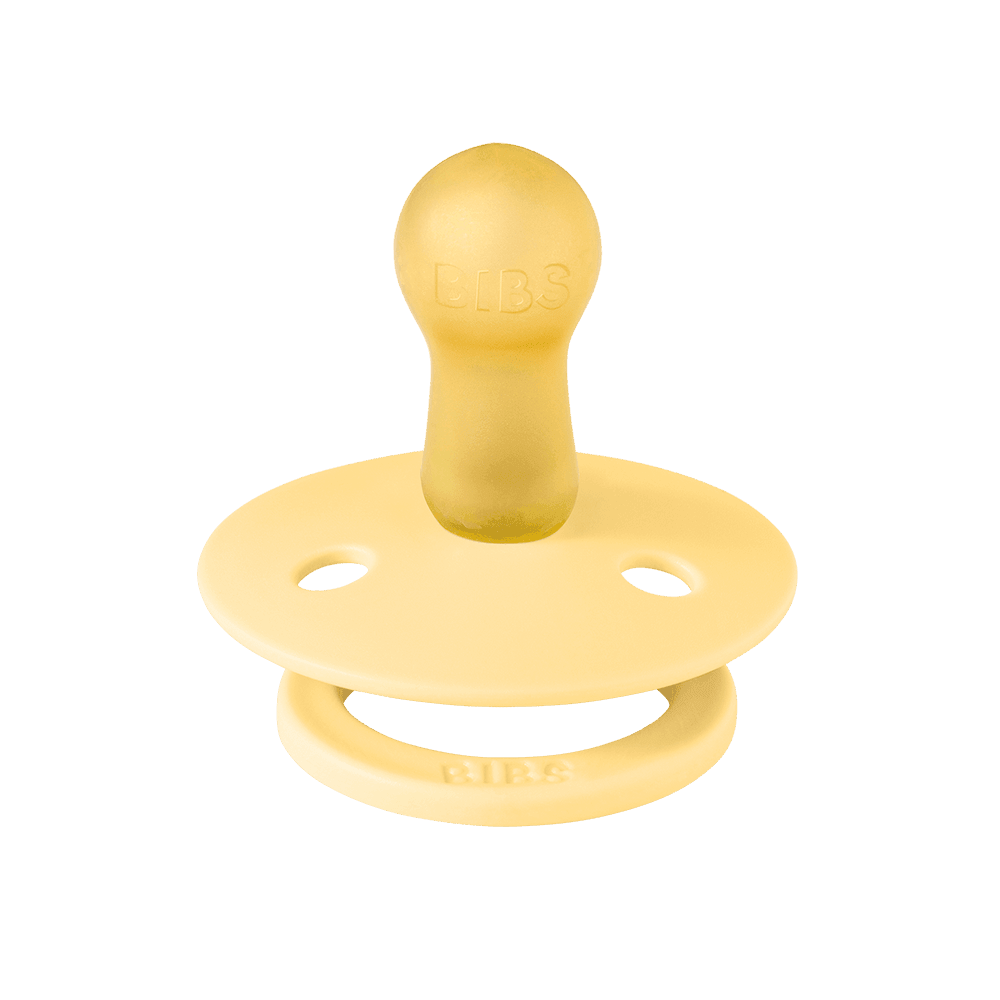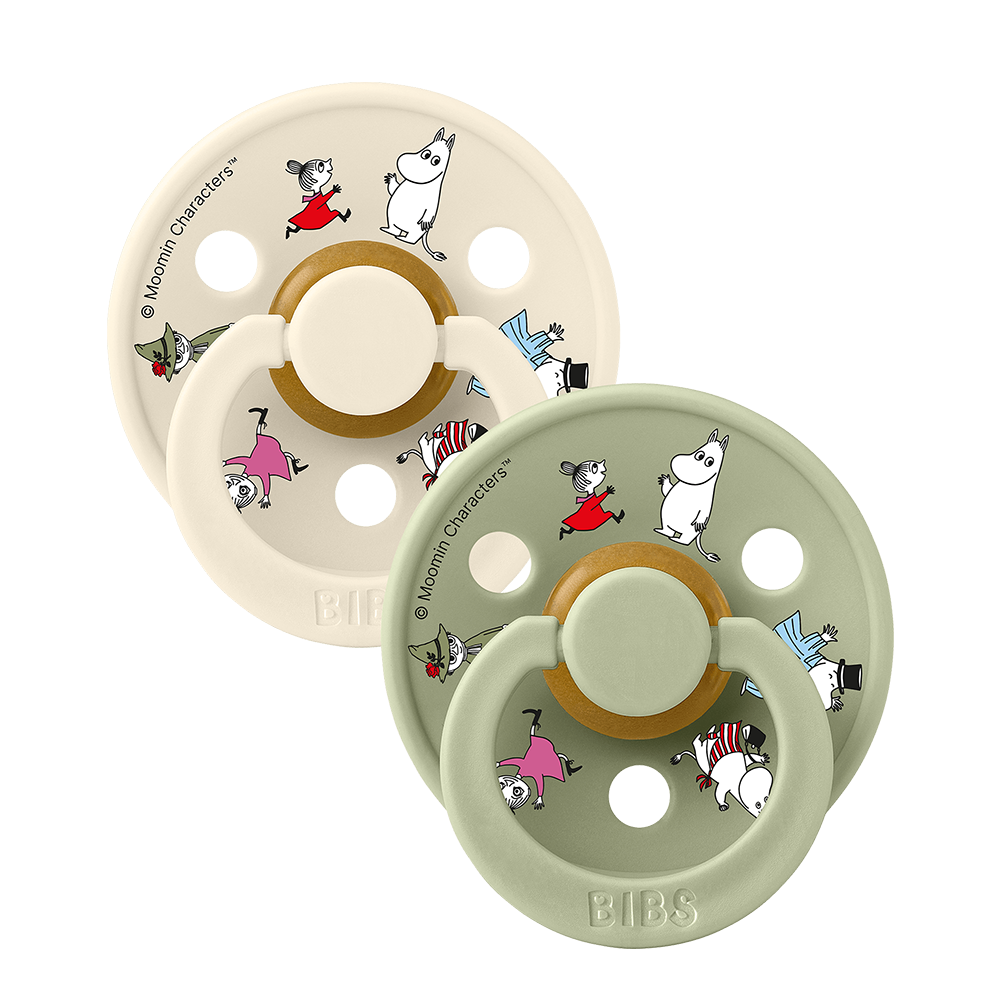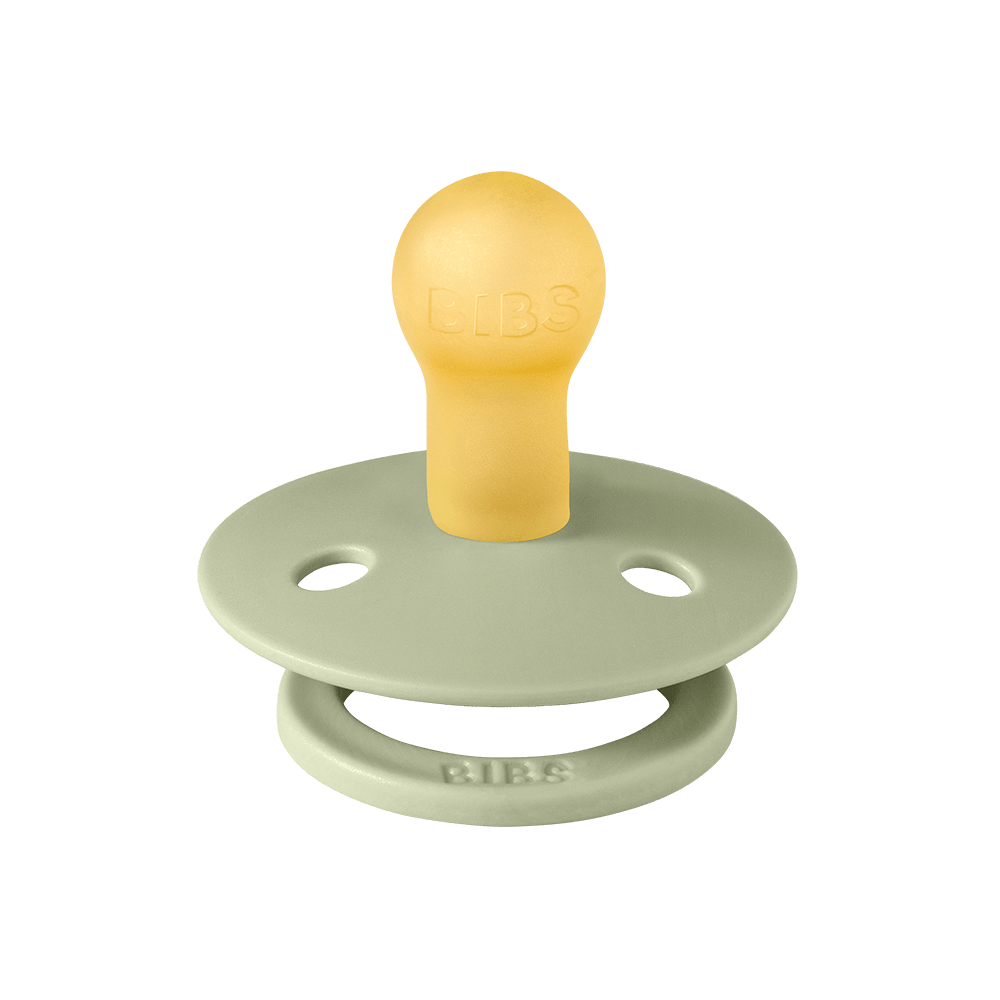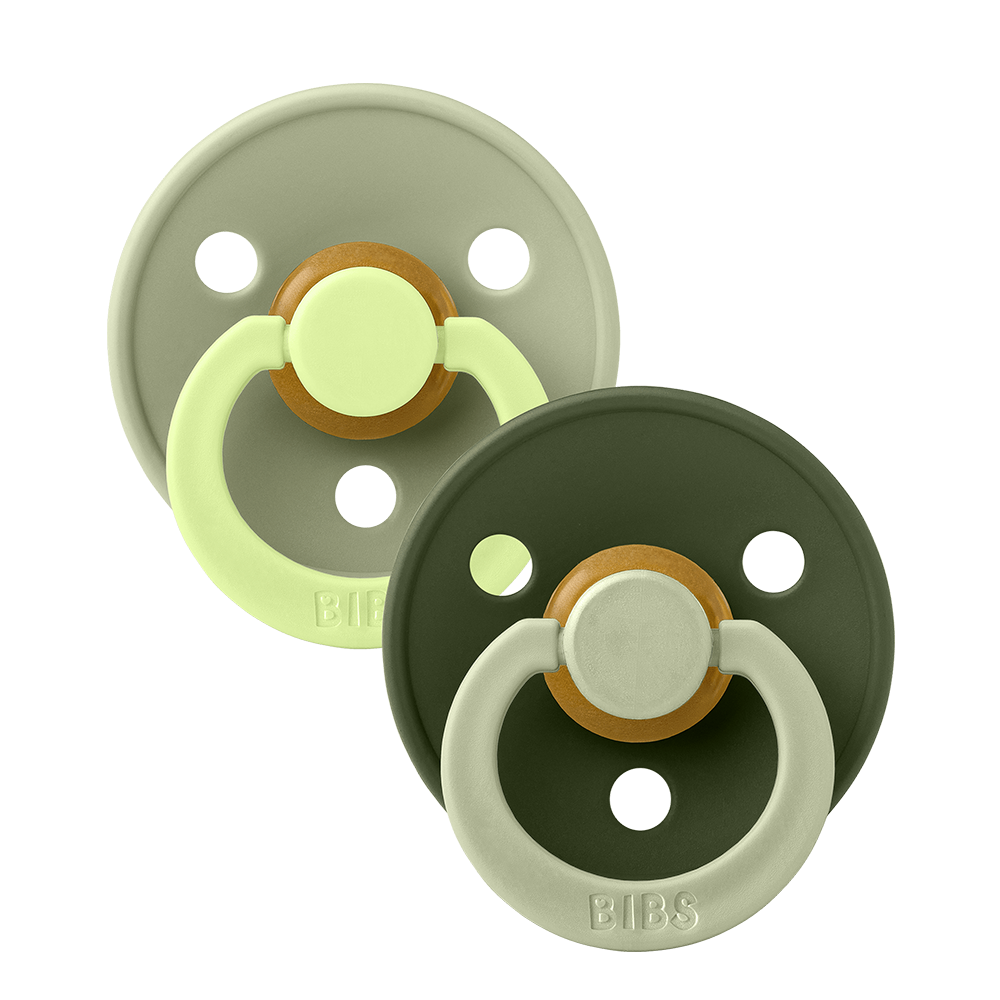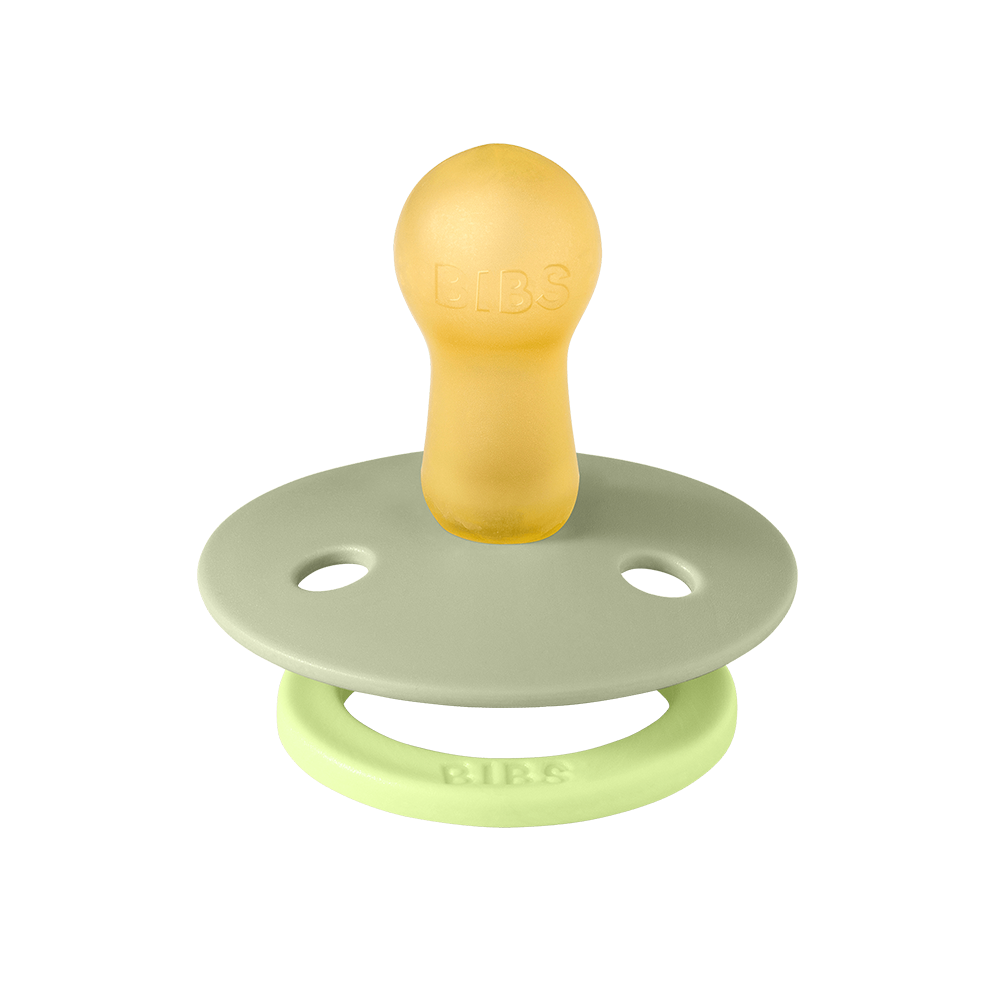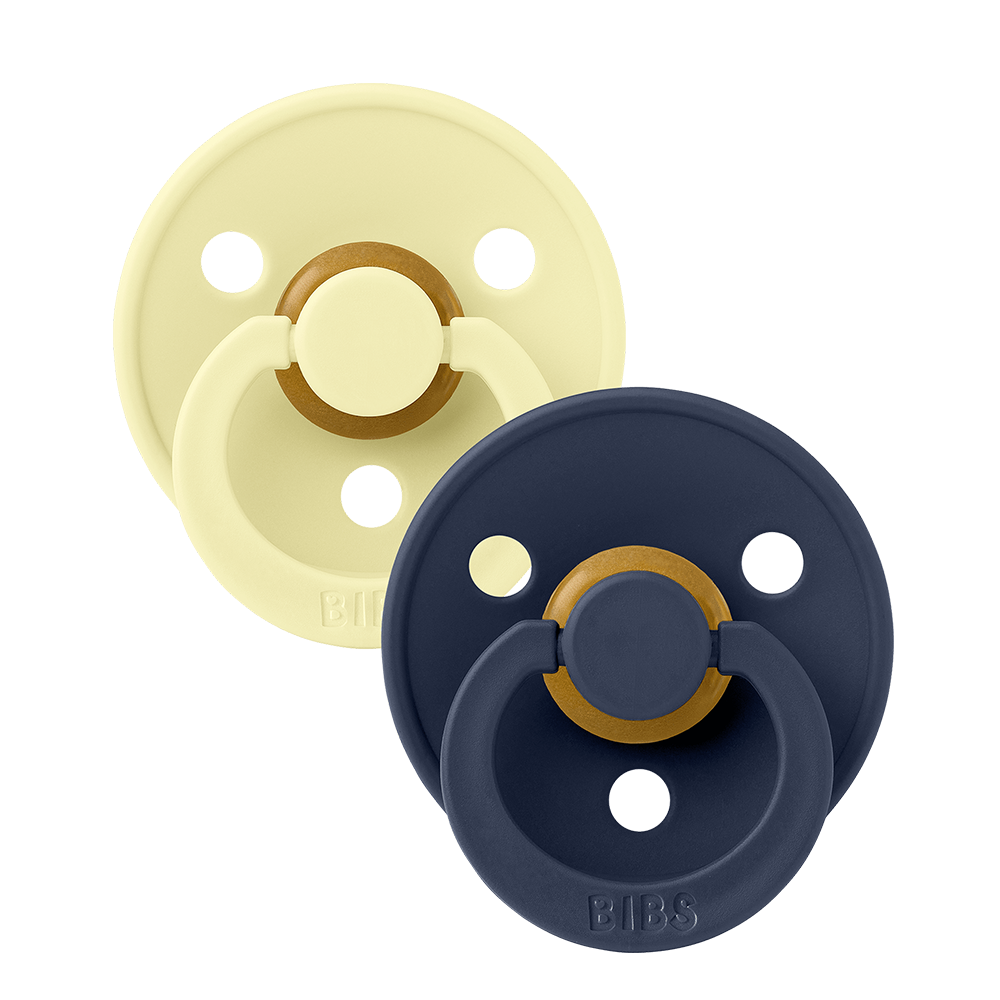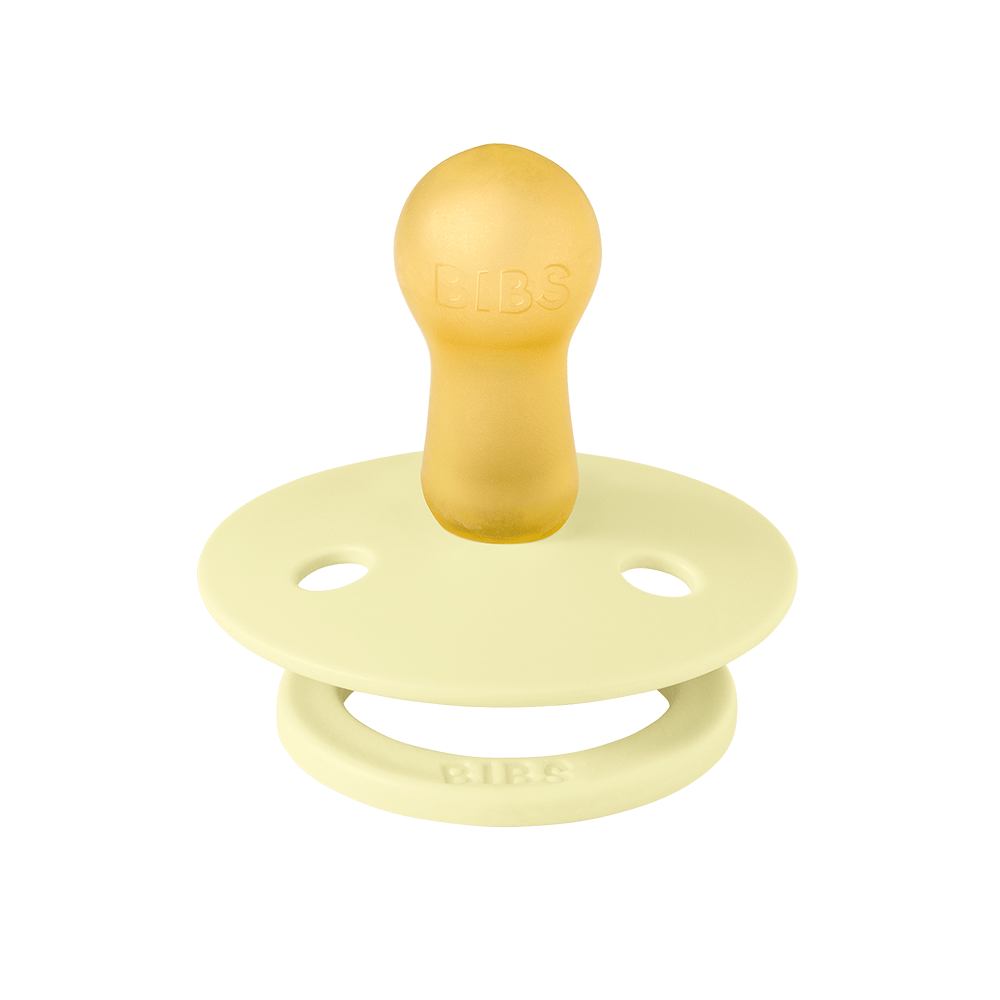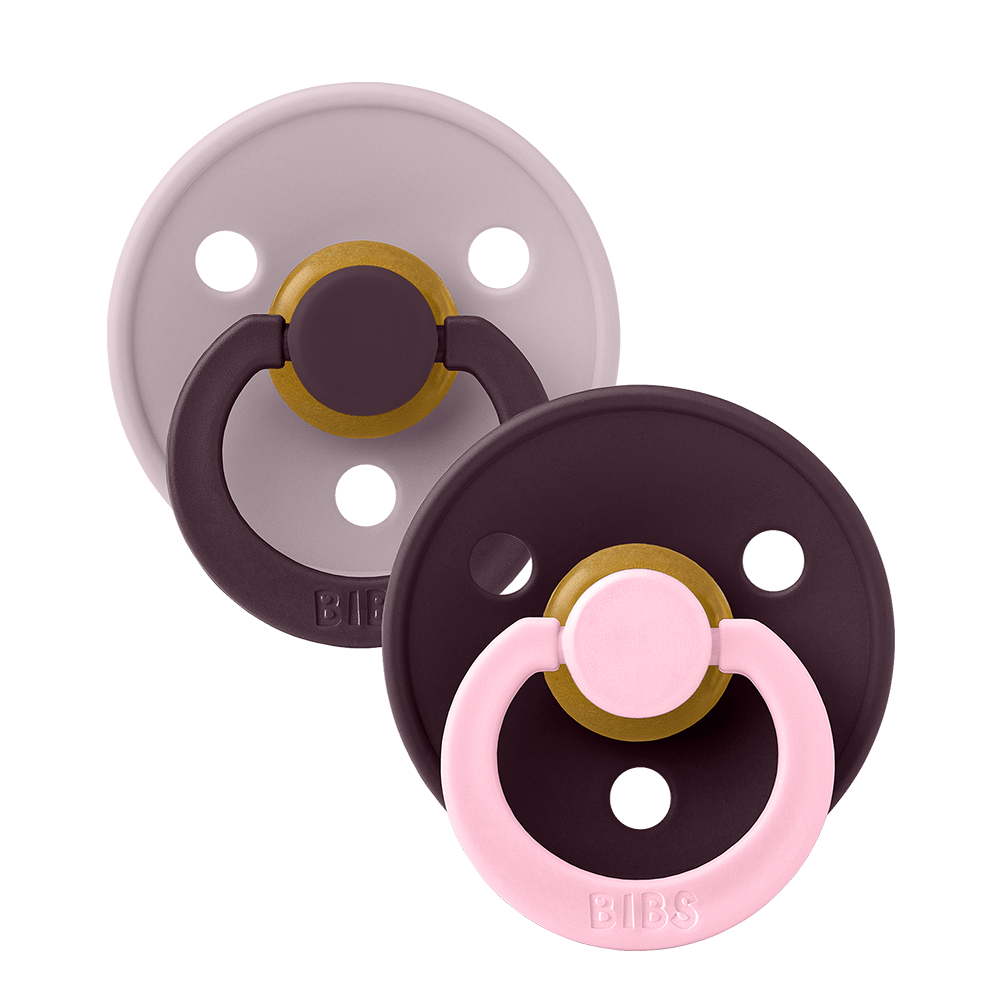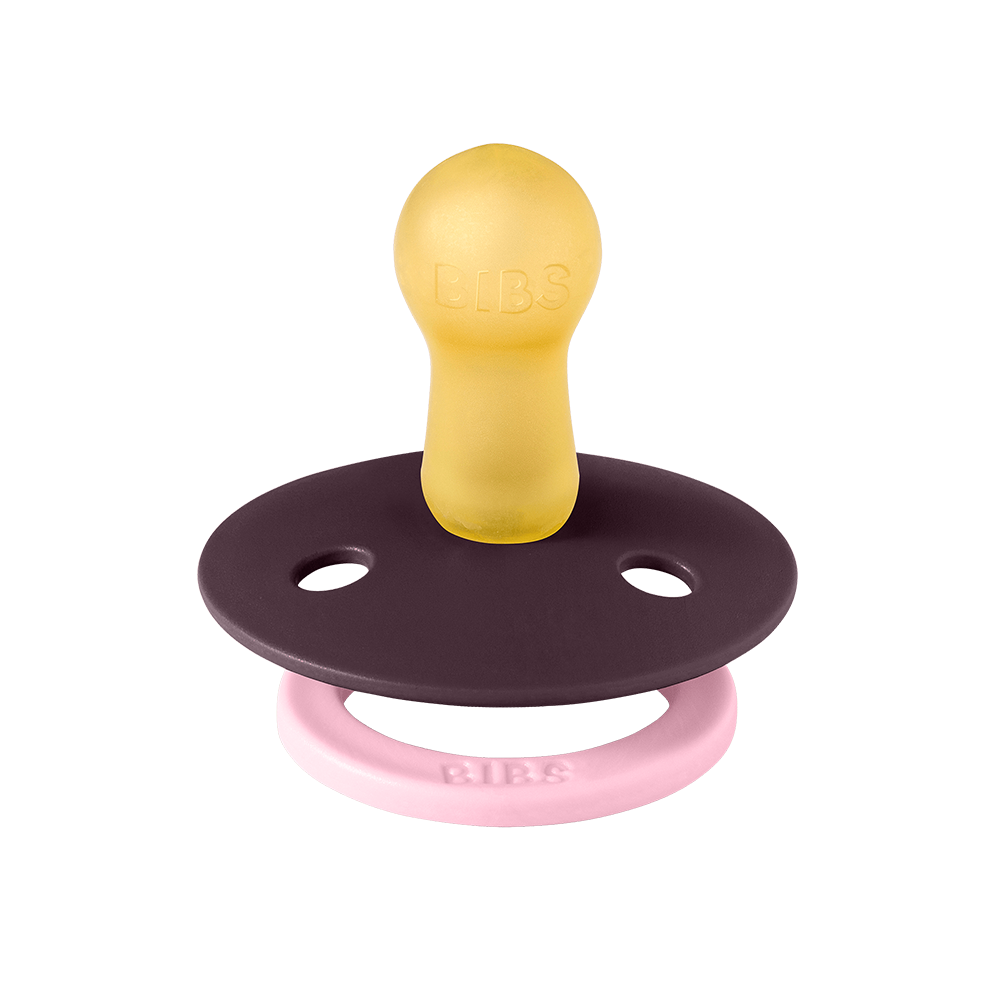How to Get a Breastfed Baby to Accept a Pacifier

Wondering how to get a breastfed baby to accept a pacifier? You’re not alone. Many parents find it hard when their baby refuses the pacifier, especially after exclusive breastfeeding. With patient effort and the right strategy, you can introduce a pacifier in a way that feels natural and comforting for you both.
In this guide, we cover why breastfed babies may resist pacifiers, plus practical steps for how to get a breastfed baby to accept a pacifier gently and successfully.
Why Might a Breastfed Baby Resist a Pacifier?
Breastfeeding provides familiar warmth, rhythm, scent, and flow. A pacifier can feel very different. That difference alone may lead to refusal. Knowing this is an important first step in figuring out how to get a breastfed baby to accept a pacifier.
- They connect sucking only with feeding
- The pacifier’s shape or texture does not match what feels natural
- It is offered at times of hunger or distress
Best Time to Introduce a Pacifier
Timing plays a big role. Experts suggest waiting until breastfeeding feels well established, often around 3 to 4 weeks old. By then, babies tend to have a more consistent latch and feeding routine.
If you want to try a bit sooner, ensure your baby is gaining weight consistently and feeding effectively. The aim is that the pacifier becomes an added comfort, not a substitute for breast milk.
How to Get a Breastfed Baby to Accept a Pacifier: Step‑by‑Step
1. Choose a Pacifier Shape That Mimics the Breast
Start with a shape similar to what your baby is used to. BIBS pacifiers offer round, anatomical, or symmetrical designs in both natural rubber latex and silicone. The texture and feel matter.
2. Introduce it at a Calm Moment
Offer the pacifier after a full feeding, when your baby is calm and relaxed, not hungry or upset. Try right before nap time or in a low‑stimulus environment.
3. Warm the Pacifier Slightly
Warming it under warm water can help mimic the warmth of breastfeeding. This small change can make the pacifier feel more familiar.
4. Let Your Baby Explore
Place the pacifier gently near their lips and allow your baby to explore it. Avoid forcing it inside. Baby may root or try sucking themselves. Building trust is part of how to get a breastfed baby to accept a pacifier.
5. Use Familiar Scents or Items
Carry the pacifier inside your shirt for some time before offering it, or pair it with a favorite bandana bib that has your scent. Gentle rocking, soft singing or humming can help too.
6. Try During Gentle Motion
Babies often respond better when they feel gentle movement. Walk, rock, or try a carrier while offering the pacifier. Motion can soothe and help association grow.
Staying Consistent and Patient
It may take several tries for some babies. If rejection happens, try again later during calm moments. Consistency, care, and patience are key parts of how to get a breastfed baby to accept a pacifier.
Supporting Products to Make It Easier
We design tools to support this stage. Our pacifier collection offers many styles to match your baby's preferences. For keeping things clean‑and‑ready, explore our pacifier cases and clips.
With time, the right pacifier, and attention to your baby's signals, most breastfed babies learn to accept a pacifier in ways that feel all the more comforting. You’ve got this.
